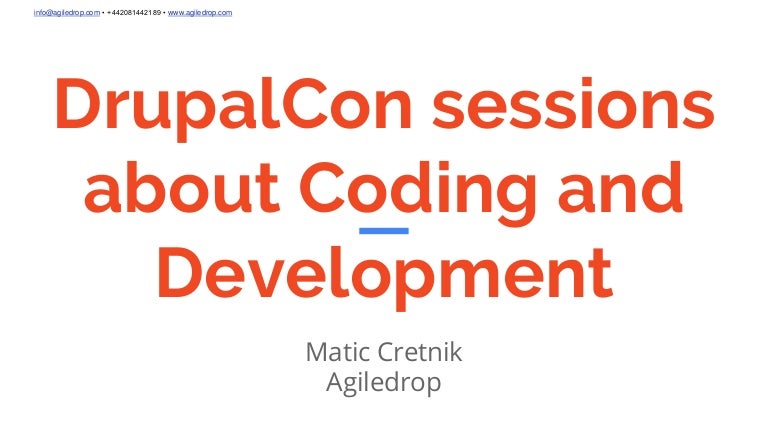

The primary take-away was that whenever possible, LSST sites should be on a DMZ.

LSST Systems Administrator Iain Goodenow sought out best practices for securing LSST’s Drupal stack. Pages should have narrow focus in line with their purposes and should provide contextual clues to make calls to action as obvious as possible. Rapid, repetitive animations can also have physical, medical implications for some users. Busy sites with lots of animation, video, and sound can disorientate people with cognitive disorders. Font line weights, cues other than color to emphasize text, and screen contrast all contribute to whether content is accessible. “He pointed out that accessible design is universally applicable because everyone suffers from at least situational disabilities such as age, background noise, or the inability to read a smartphone screen in bright sunlight,” Rob said.īeyond enabling common accommodations such as closed captioning and screen readers, designers should employ less obvious solutions for conditions such as color blindness, light sensitivity, and cognitive disabilities. The presenter shared web-based resources for accessibility testing one’s site.
DRUPAL CON HOW TO
LSST Document Specialist Rob McKercher attended a session on Accessible Design, in other words, how to maximize website design for the largest audience, keeping in mind that different disabilities have specific design considerations. “The tool helps to foresee potential redundancies and problems in a site’s overall configuration.” Printed work which cannot be read becomes a product without purpose “Basically, it takes everything I plan out in my head and maps it nicely so I can coherently talk it over with team members,” Emily said. Palantir shared a robust spreadsheet template that can be used to create a build spec for a website project. The key is thoughtful site architecture and content mapping. LSST Web Designer and Graphic Artist Emily Acosta concentrated on content strategy, particularly avoiding “Frankensites,” or websites built piecemeal from a hodge-podge of elements from other existing sites. During the week in Austin, Texas, the team focused on sessions addressing “Frankensites,” accessibility, security, and best practices for upgrading to new Drupal versions. DrupalCon, the largest gathering of Drupal developers and users, afforded the LSST web team the opportunity to meet, brainstorm, and share lessons learned with the approximately 3,300 other Drupal users who attended. Drupal is a free, modular, and open source content management framework used by LSST for its websites.

The LSST web team made its annual trip to DrupalConJune 2-6 with the maturing LSST website redesign project in mind.


 0 kommentar(er)
0 kommentar(er)
